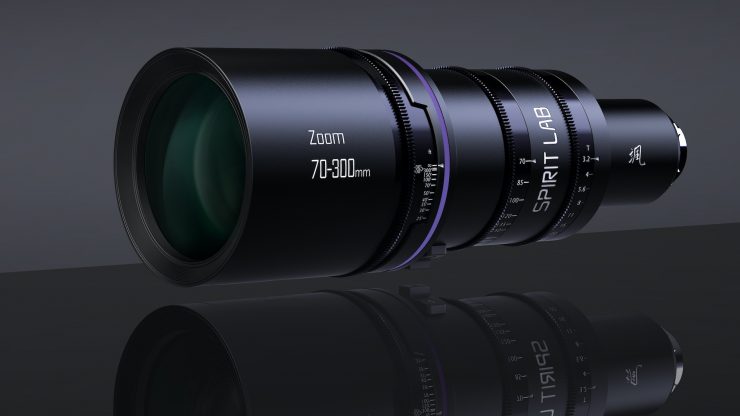
The Spirit Lab Cine Zoom 70-300mm T3.2 is a new lens that has been designed from scratch. The 70-300mm T3.2 is a full-frame, parfocal zoom that is claimed to have zero distortion and minimal breathing.
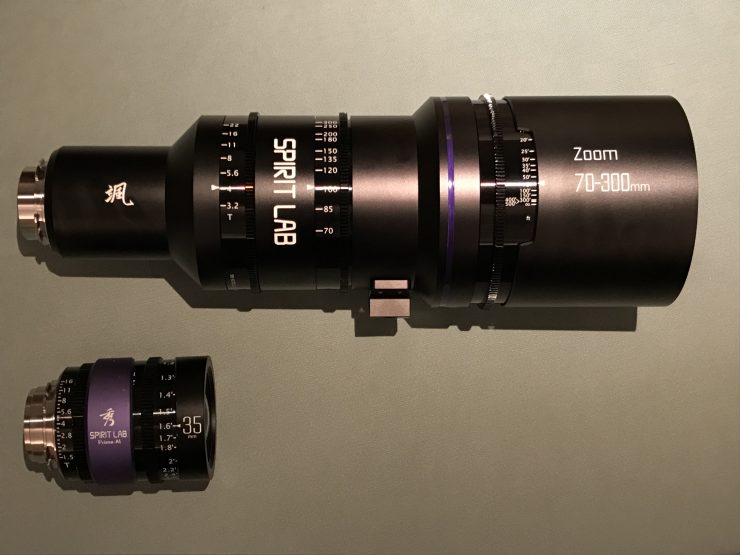
It weighs in at 6 kg (13.22 lbs) and it is 468.4mm (18.44″) long.
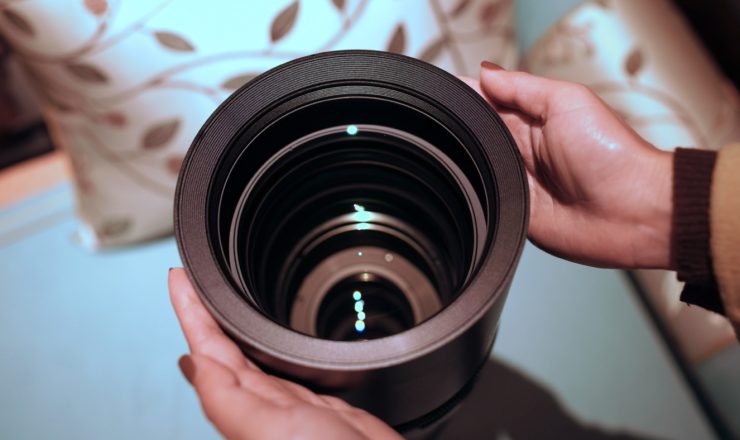
This lens requires a lot of glass to maintain a constant T3.2 aperture across this focal range. This is why the front filter diameter is 156mm. The minimum focusing distance of the lens is 1.2m (3.93′).
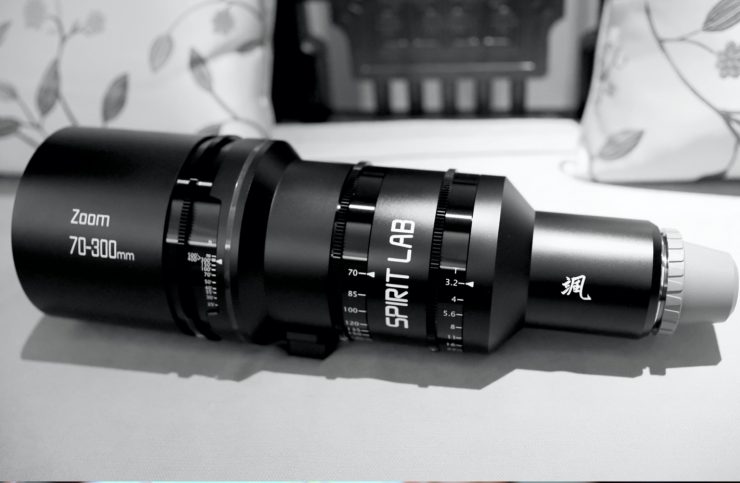
The lens is available in PL or LPL mounts and it covers a whopping image circle of up to 50mm. This allows it to be used on just about any digital cinema camera, including some modes on the ARRI ALEXA 65.
A Lack of Options
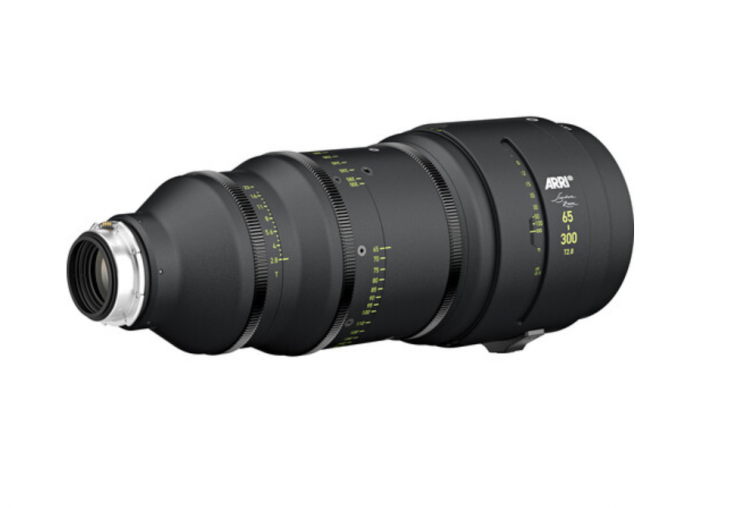
In my personal opinion, there has been a real need for quality cine zooms with this type of range, especially ones that cover full-frame sensors. Up until now, if you were looking at cine lenses that cover a 70-200mm or 70-300mm range you didn’t have many options. Quite a few of the more affordable options are rehoused stills lenses.
Below are the only options I know of:
- Fujinon ZK85-300mm T2.9-4.0 Lightweight Cabrio Lens ($32,000 USD)*
- Fujinon Premista 80-250mm T2.9-3.5 Large-Format Zoom Lens ($39,800 USD)
- ZEISS 70-200mm T2.9 Compact Zoom CZ.2 ($21,945 USD)
- ARRI 65-300mm T2.8 Signature Zoom Lens with 1.7x Extender ($74,975 USD)
- TLS 80-200/T2.8 Morpheus
- G.L. Optics – Canon 70-200mm T3 ($5,760 USD)
- Allstar Lenses 80-200mm T3 ($4,000 USD)
Duclos 70-180mm T3 ($17,500 USD)
*Only covers Super35mm sensors
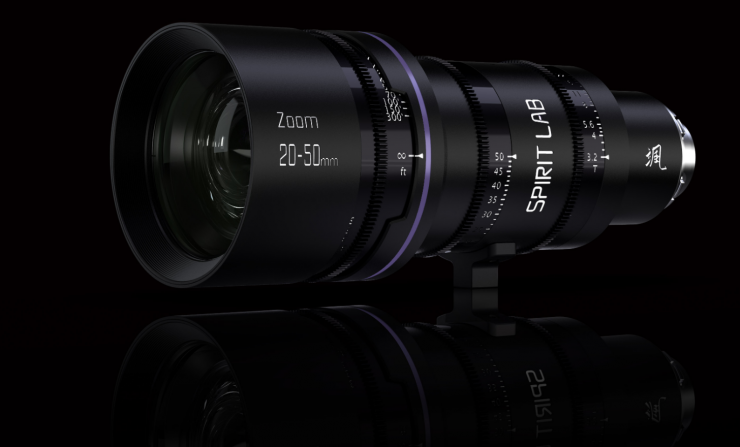
This lens joins the Spirit Lab Cine Zoom 20-50mm T3.2 and Pure First Anamorphic Zoom 40-100mm T3.5 2x full-frame lenses.
It is nice to see that Spirit Lab has two zooms with the same constant aperture that cover a focal range from 20-300mm.
Specifications
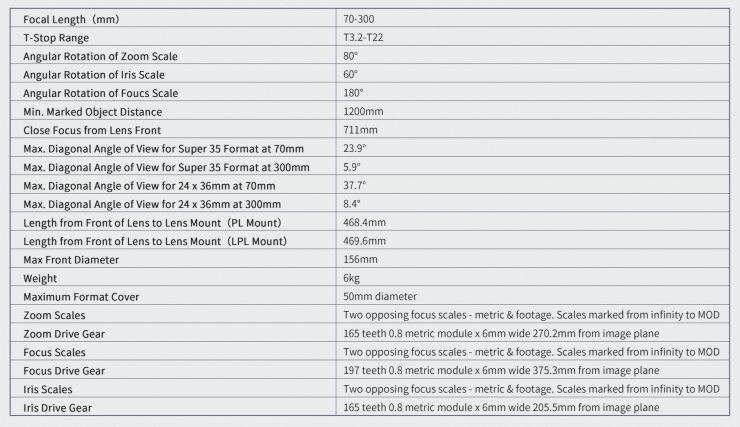
Price & Availability
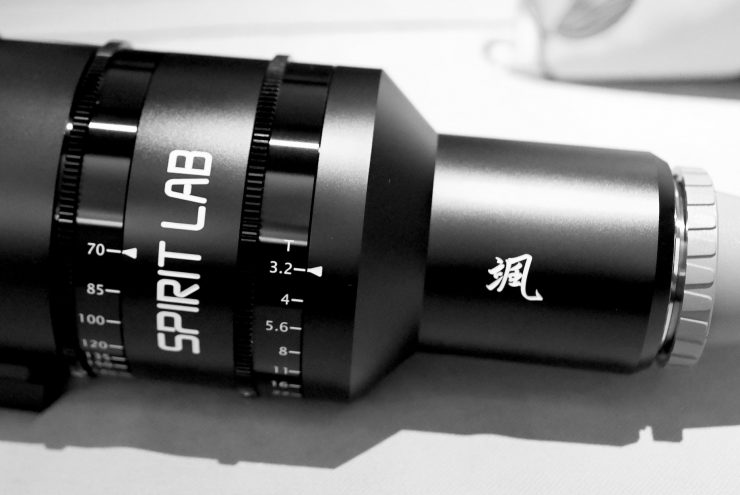
The 70-300mm T3.2 and the 20-50mm T3.2 will be available in a set for $50,000 USD. At this stage, Spirit Lab has no plans to sell the lens separately.
Thoughts
It is always good to see more lens choices coming to market. The 70-300mm T3.2 is not a cheap lens and it is going to have to perform well both mechanically and optically to gain any traction. Once a lens reaches a certain price point it has to compete with some of the most established lens brands on the market, such as Angenieux, ARRI, Fujinon, and Zeiss.
Yes, it is more affordable than a lot of the other options out there (unless you count rehoused stills lenses), but you can’t buy the lens by itself, you have to buy it along with the 20-50mm T3.2 as part of a set. This is going to make it more of a rental item than something an owner/operator is likely to buy.
Hopefully, we get to test this lens out at some stage. You should never judge a book by its cover, and it is impossible to speculate on the lens’s performance without having tested it out.





